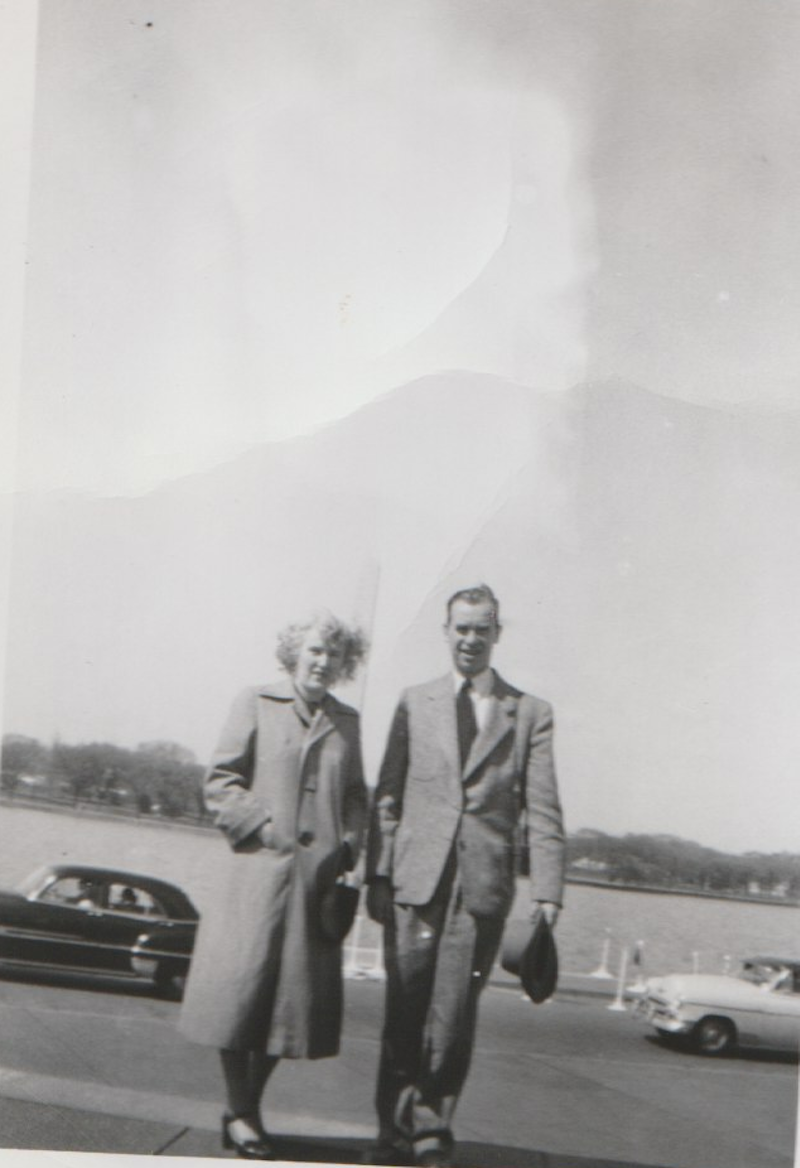Aside from flights originating at Reagan National or Dulles—which don’t really count—I’ve been to Washington, D.C. just four times in the past 20 years, once with my in-laws Rudy and Daisy for a Nationals game at the soon-to-be-demolished RFK Stadium; a visit to the new (and cheaply-constructed) Nationals Park, a beat-down by the Yankees; a dull conservative conference at a nameless hotel, by invitation of a longtime friend, John Fund; and a family trip to drop off my son Booker at the George Washington University dorms in 2013. Maybe a few more times that I’ve forgotten. I hold a longstanding revulsion of D.C., the oft-invoked, “Washington is a gorgeous city with its monuments and views, it’s the residents and commuters who make it so unpleasant.”
That may be an unpopular opinion, but it’s my “lived experience,” so up your nose with a rubber hose if you don’t agree. In the early-1980s, I spent a lot of time in D.C., as my business partner Alan Hirsch and I launched a free weekly there in 1981, an off-shoot of our City Paper in Baltimore. Mini-big shots! The impulsive decision to enter another market didn’t begin well: although there were shared costs with the two papers, our finances at the time were sketchy, a polite way of saying under-water, and though we produced some fine content, our resources were stretched too thin, and a tug-of-war with a competitor called The Washington Tribune, owned and operated by locals, muddied advertising revenues. As it happened, in late-1982, we sold a controlling interest of the paper to our friends at the Chicago Reader, and that saved our financial butts. (The purchase price was for debt and a $20,000 sweetener; when Alan and I sold Baltimore’s paper in ’87, we also unloaded our 20 percent of DC’s CP; it’s testament to the Reader’s stewardship and editor Jack Shafer, that our minority share was bought out by the Reader for a lot of dough.)
Before the Reader got in the picture, I commuted to DC three or four times a week, and though the restaurants were better than Baltimore’s—there was a legitimate Chinatown and Adams Morgan had a slew of ethnic spots, most notably for me, the Omega restaurant, a semi-regular Cuban lunch spot for college friend Mark Hertsgaard and me—the city’s atmosphere was stifling, at least in the Northwest, where it appeared that everyone was a journalist, lobbyist or politician’s aide, and they all had the same raincoat, Brooks Brothers or Joseph Banks suits and ties, and briefcases. Not a lick of style. But there was an excellent Tower Records, and The Newsroom had the best selection of mainstream and obscure periodicals south of Manhattan.
I went to D.C. as a kid in the 1960s, once with my parents and brother Doug (a student at Johns Hopkins at the time; I remember him in shades, smoking an L&M, Mr. Blasé) and was agog at the monuments, especially the Jefferson Memorial, still my favorite. Also, an eighth-grade school trip, which was a drag because of The Smithsonian’s long lines and an insufferable, traffic-clogged bus ride. And in 1974, my college roommate and I hitched a ride there, and that was a lot of fun, but only because of the parties we crashed at Georgetown University; the students were cool, security was nil, and we slept, uninterrupted, in a dorm lounge.
Never enough about me, myself and I, but look at the photo above of my parents in D.C., an educational trip for two older brothers before I was born. D.C. today is a mess, but I’d guess that decades ago it was far more accessible, a time when one could stand outside the gates of the White House with other tourists and maybe a cop or two.
Glance at the following clues to figure out what year it is: Arthur Miller’s The Crucible opens on Broadway; Burger King opens its first outlet in Jacksonville, FL; ambulance chaser/politician John Edwards is born and Dooley Wilson dies; the first color-TV set, from RCA, went on sale for $1175; rationing of sugar ends in the UK; Percy Faith’s “The Song from Moulin Rouge” tops the Billboard charts; and Billy Wilder’s Stalag 17 is released.
—Follow Russ Smith on Twitter: @MUGGER1955

